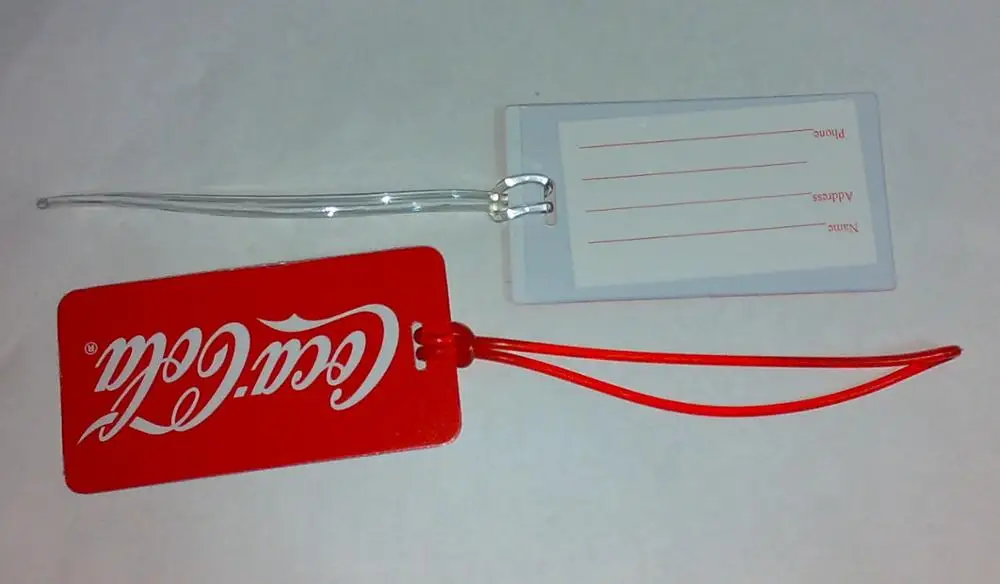

This removes the need for them to bring their own suitcases to the airport instead, after their luggage has been collected the next time they see it is at their destination airport. In late 2017, American Airlines put live a service that allows passengers flying from London Heathrow Airport to the United States to have their luggage securely checked-in from any London address. Other airlines are exploring baggage delivery services. US$95) per trip for up to seven pieces of luggage. End-to-end baggage delivery Emirates’ new Home Check-in service is available for AED 350 (approx.
AIRPORT LUGGAGE TAG ANDROID
Users can check-in via the airline’s Android app to receive their boarding pass and baggage tag, and using a Bluetooth Low Energy (BLE) connection the bag tag can then be transferred to the BAGTAG device.Ī benefit for passengers, as well as airlines and airports, is that they can arrive at the airport with their bags pre-tagged, removing one step of the bag drop process. The device, which can be attached to suitcases and bags using fastening screws and a mounting plate, has an e-paper display which shows all of the relevant flight information, just like a paper bag tag. Keen to keep exploring the potential of e-tags, earlier this year Lufthansa Group revealed a partnership with BAGTAG, which allows passengers flying with Lufthansa, SWISS and Austrian Airlines to use a re-usable, electronic bag tag instead of traditional paper tags. More recently, the likes of Lufthansa and EVA Air have made e-tags available to passengers via the RIMOWA Electronic Tag suitcase but uptake has been slow and a solution that will work for all passengers – economy and premium alike – has failed to gain widespread traction to date. Reusable, electronic bag tags have been touted as a possible solution, or at least part of the solution, ever since Air France-KLM unveiled its eTag back in 2014.


Electronic bag tags Passengers flying with Lufthansa, SWISS and Austrian Airlines can now use the re-usable, electronic BAGTAG device. According to IATA, by 2036 7.8 billion people are expected to use air transport and while the association has spoken of the need to address a potential “infrastructure crisis”, the industry is actively embracing innovation to tackle the challenge. However, as passenger numbers increase, and the number of bags being brought into airport terminals rises too, airports and their airline partners are faced with the challenge of handling more passengers and bags within infrastructure that was never designed to cope with such volumes. In many airports, rather than having to queue up to have a check-in agent print the bag tag and inject the luggage into the baggage handling system (BHS), passengers have been empowered to take care of this process on their own, often with much-reduced queuing times.

Over the last decade, the introduction of self-tagging and fully automated self-service bag drop has enabled airlines and airports to reimagine the way bags are handled in the check-in hall.


 0 kommentar(er)
0 kommentar(er)
